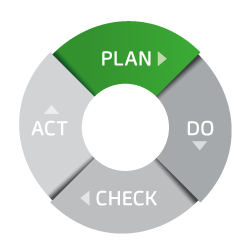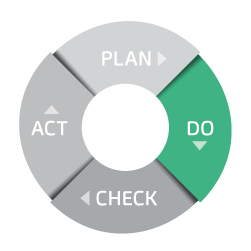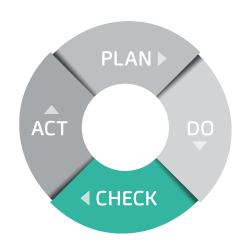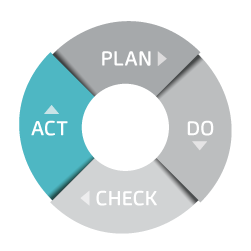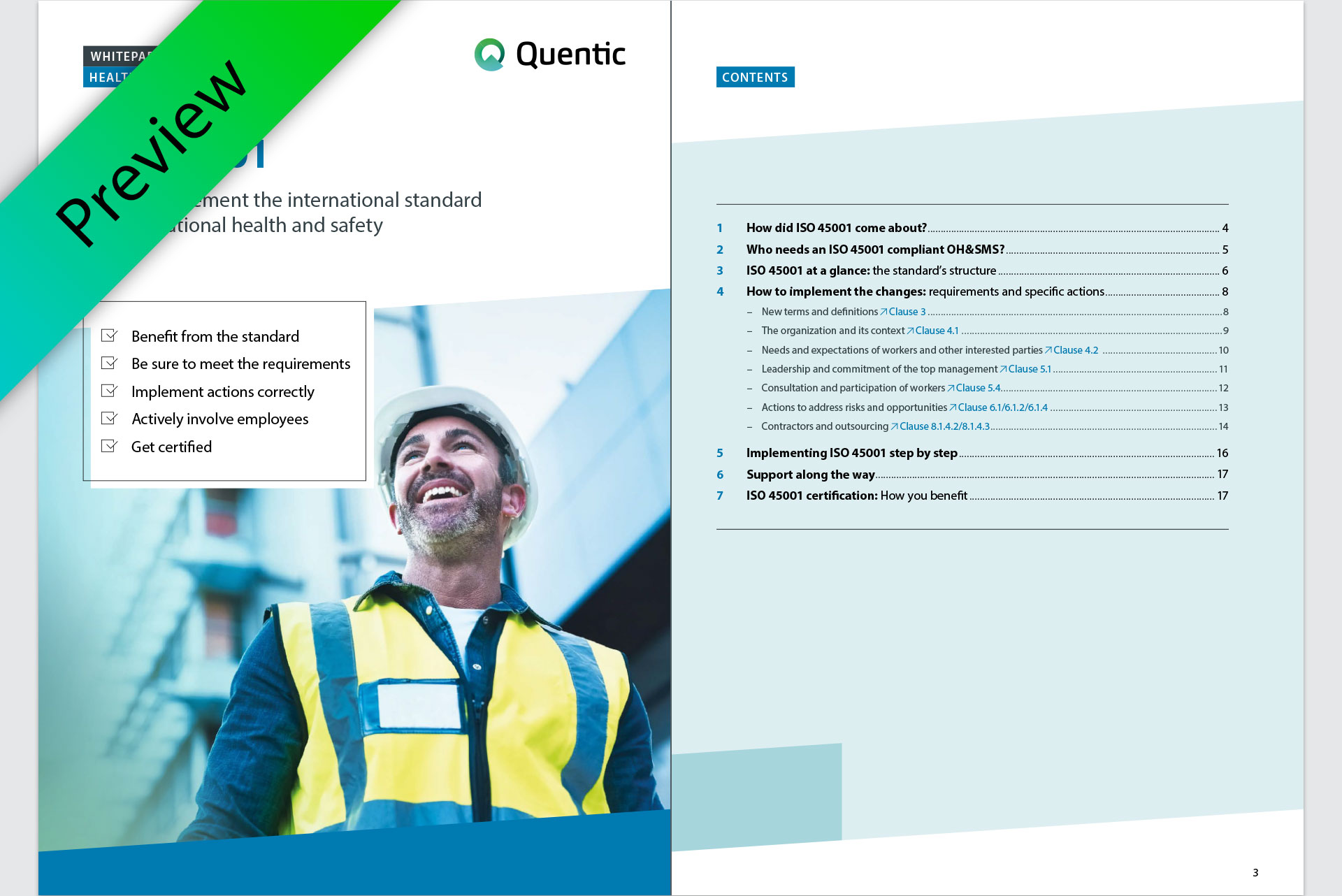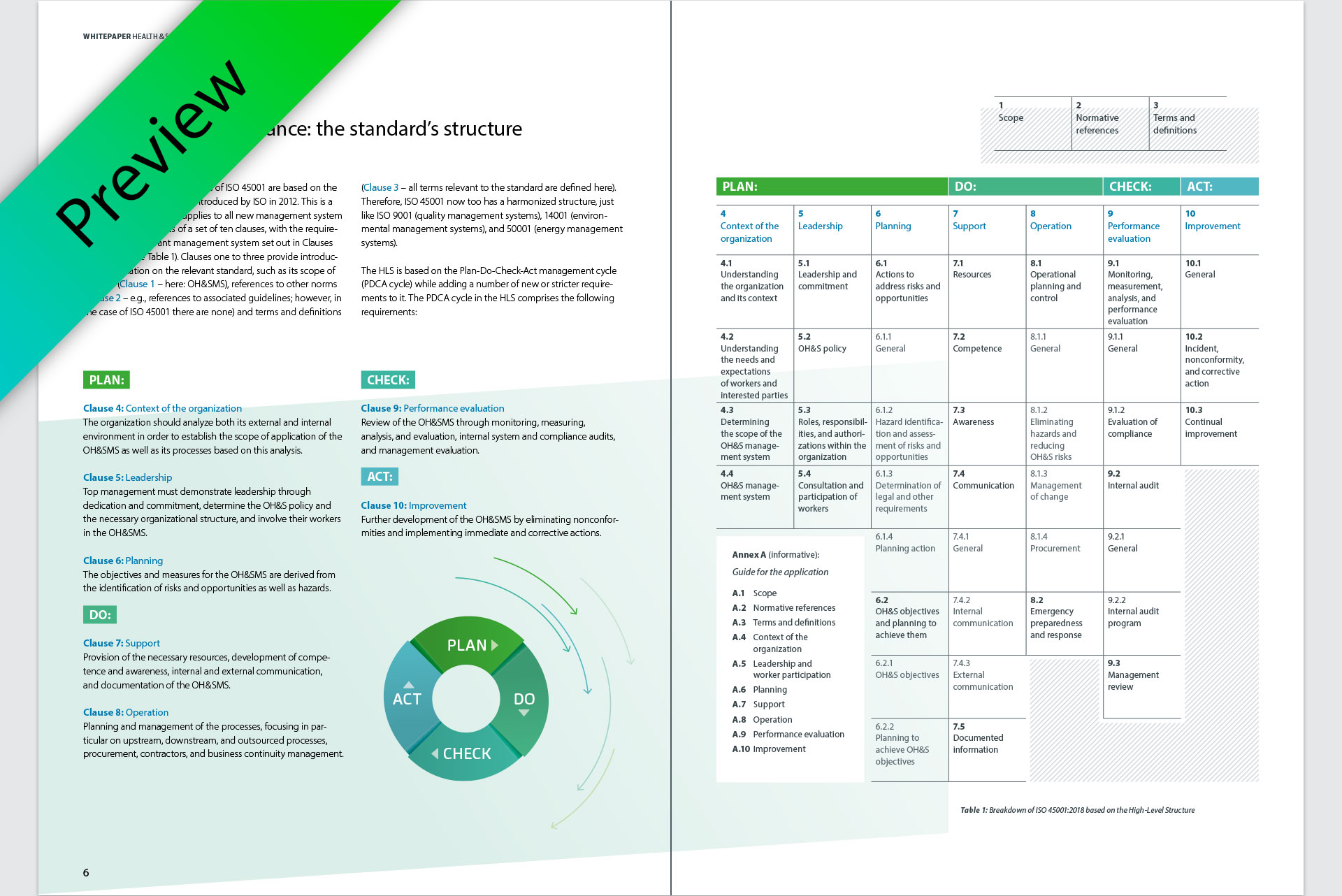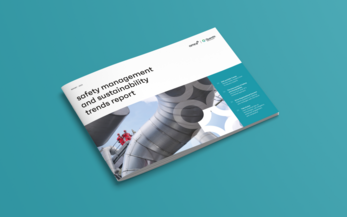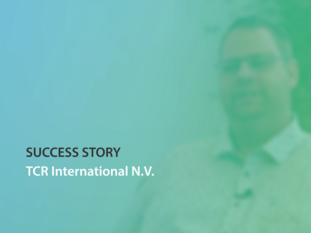6 minutes12/03/2021
Organizations are subject to extensive legal requirements that oblige them to provide comprehensive health and safety protection in the workplace for their workers. For instance, they must carry out risk assessments and derive safety measures from them, continually improve health and safety protection, train and instruct their workers, and document all these activities. Introducing an OH&SMS provides organizations with a useful tool to ensure both the structured and continual implementation of actions and compliance with the legal requirements (“legal compliance”).
Furthermore, many companies consider ISO 45001 certification an essential criterion for forming business relationships with partners (e.g. suppliers). Having an OH&SMS certified under the international ISO 45001 standard is recommended to satisfy these complex requirements. Learn the most important facts about ISO 45001, including how to implement it in accordance with the High Level Structure on the basis of the Plan-Do-Check-Act cycle, along with tips for getting certified.

